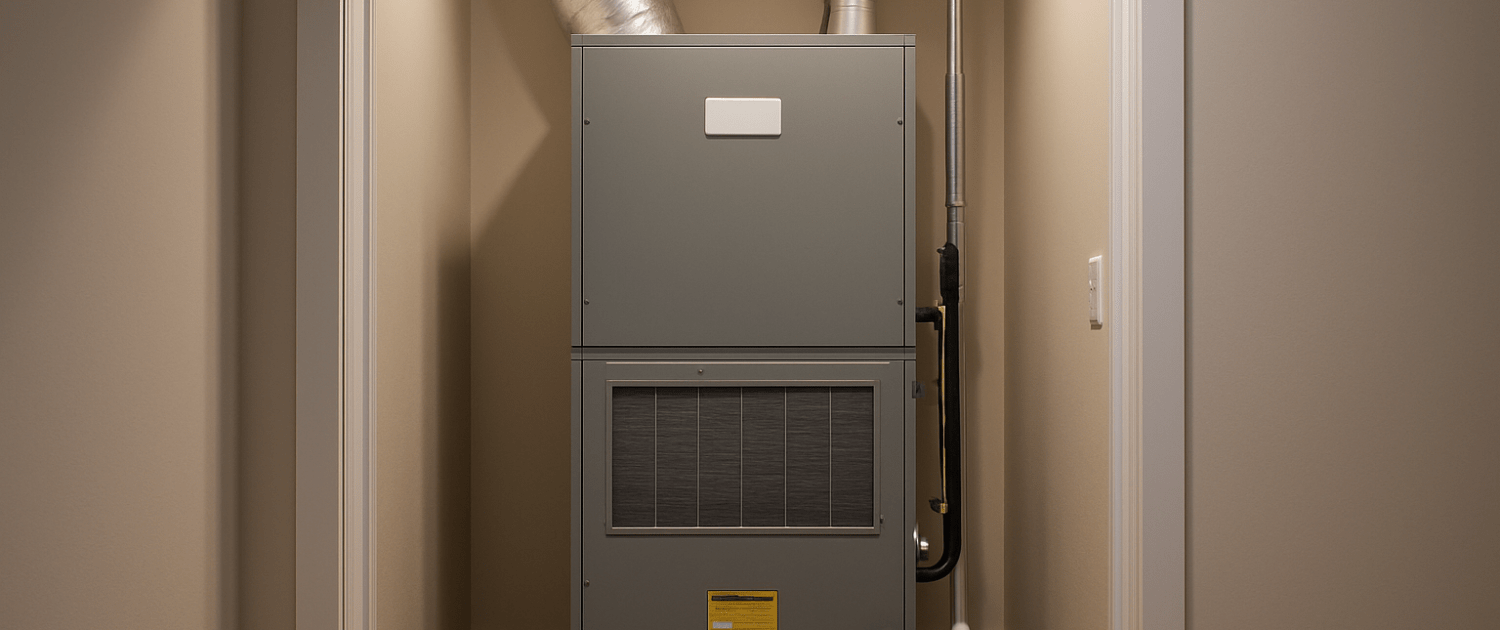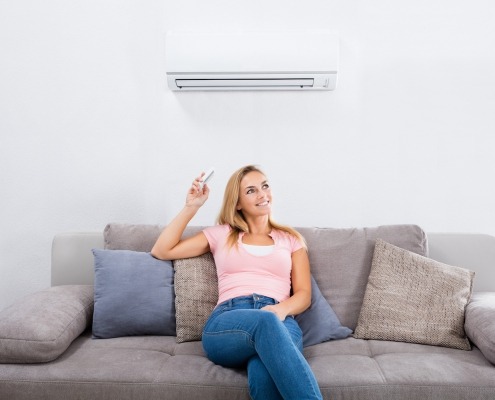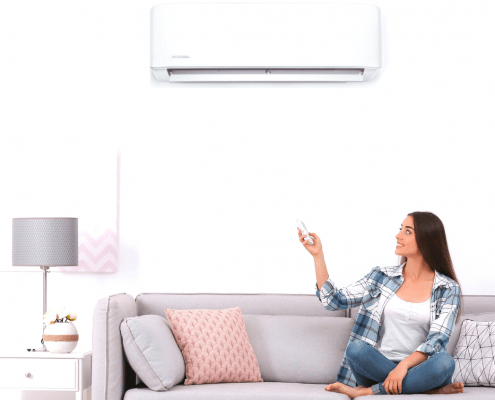Why Your AC Runs Constantly But Doesn’t Cool To The Set Temp
Steven E / Tuesday July 1, 2025
Is your central air conditioner running nonstop, yet your home never quite reaches the set temperature? That’s one of the most frustrating HVAC problems out there, especially during the hottest days of summer. The good news is, many of the causes are common and fixable with a few simple tools and some DIY know-how. We’ll cover the most likely causes of a constantly running AC that fails to cool, along with step-by-step instructions for troubleshooting, part testing, and replacing when needed.
The information in this article may not apply to your specific appliance model. We recommend consulting your manufacturer’s documentation or contact us with any questions.
Common Causes of Running Without Cooling
Before jumping into repairs, it’s important to know what might be going wrong. The most common culprits include:
- Dirty or clogged air filters
- Faulty thermostat or incorrect settings
- Dirty evaporator or condenser coils
- Leaky or poorly insulated ductwork
- Undersized or oversized system
- Refrigerant issues (low or leaking)
Each of these can prevent your system from cooling properly, forcing it to run longer and work harder.
Check and Replace the Air Filter
A dirty air filter restricts airflow, which reduces your system’s ability to cool efficiently.
- Turn off the system at the thermostat.
- Locate the return air vent or the filter compartment in the air handler.
- Slide out the filter and inspect it.
- If it looks dusty or clogged, replace it with a clean one.
- Use a MERV 8–11 rated filter for an ideal balance between air quality and airflow.
Tip: Replace filters every 1 to 3 months during peak usage.
Inspect the Thermostat
A faulty thermostat or incorrect settings can prevent your AC from reaching the target temperature.
- Make sure the thermostat is set to “Cool” and “Auto,” not just “Fan.”
- Check the set temperature , if it’s too low or close to room temperature, the AC may run constantly trying to reach it.
- Replace batteries if it’s battery-operated.
- Ensure the thermostat isn’t placed near heat sources (lamps, electronics, direct sunlight).
Upgrade tip: Consider installing a programmable or smart thermostat to maintain better control and improve efficiency.
Clean the Evaporator and Condenser Coils
Dirty coils reduce your system’s ability to transfer heat, leading to longer run times with little cooling effect.
Evaporator coil (indoor):
- Turn off the power at the breaker.
- Remove the air handler access panel.
- Use a no-rinse foaming coil cleaner.
- Let it foam and drain away.
- Close the panel once everything is dry.
Condenser coil (outdoor):
- Shut off the power to the condenser unit.
- Remove the top grille or side panels as needed.
- Spray the coil from inside out using a garden hose with light pressure.
- Gently brush off any remaining dirt using a soft-bristle brush.
Inspect the Ductwork for Leaks or Blockages
Leaky or blocked ducts can prevent cooled air from reaching your living spaces, causing the system to run constantly.
- Visually inspect accessible ducts for disconnected joints, gaps or holes and missing insulation.
- Use HVAC foil tape or mastic to seal gaps.
- Clear any blockages, such as collapsed flexible ducts or furniture blocking return vents.
Tip: Hold a smoke stick or incense near duct seams while the system is running to detect air leaks.
Examine the Return and Supply Vents
Poor airflow can cause your system to run continuously without effectively distributing cool air.
What to check:
- Make sure all supply vents are open.
- Check that return vents are unobstructed (no furniture blocking them).
- Vacuum dust from vent covers and grills.
Evaluate System Size and Home Insulation
If your system is too small or your home isn’t insulated well, your AC might run all day trying to keep up.
What to consider:
- A single-stage AC in a large or sun-exposed home may be undersized.
- Windows, doors, and attic insulation play a huge role in how long your system must run.
- Window leaks or poor attic insulation allow cool air to escape and hot air to enter.
DIY improvements:
- Weatherstrip doors and windows
- Add insulation to attic spaces
- Use thermal curtains during peak heat hours
Check the Refrigerant Lines for Ice or Leaks
Low refrigerant or a leak can cause the evaporator coil to freeze and block cooling altogether.
Signs of low refrigerant:
- Ice on the evaporator coil or suction line
- A hissing or bubbling sound near the coils
- AC is blowing warm air
- Long run times without achieving the set temperature
What you can do:
- Inspect the refrigerant lines (copper pipes) for visible frost or ice.
- If you see ice buildup, shut off the system and let it thaw for several hours.
- If the problem recurs, you likely have a refrigerant issue.
Refrigerant work must be done by a certified HVAC technician. If you suspect a leak or low charge, it’s time to call a professional.
Reset and Observe the System
After performing any cleaning, repair, or part replacement, reset your system and observe how it behaves.
- Set your thermostat to 78°F or higher to avoid overworking the system.
- Let the system run and monitor how long it takes to reach the temperature.
- Observe whether the outdoor and indoor fans are running together.
- Check vents to ensure cool air is being delivered to all rooms.
Where To Find Us
If you need any replacement parts for your appliances, you can enter your model number at AppliancePartsPros.com to locate and order them quickly. Most orders arrive in just two business days, and we have tons of great information in our repair help section and YouTube videos to help you troubleshoot.
Stay connected with the latest DIY tips, tutorial videos, and repair guides by following us on Facebook, Instagram, and Twitter. We love hearing about your repair stories and successes. If you need more help or want personalized guidance, feel free to reach out. We’re ready to help you take on your next project with confidence!
With nearly a decade of experience in providing top-notch customer service regarding appliance parts and repair, Steven enjoys sharing practical advice, troubleshooting tips, and interesting information to help readers stay informed.




